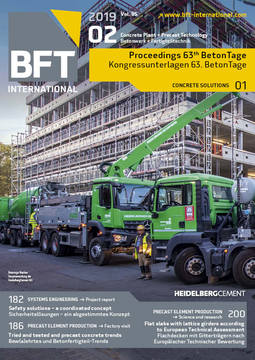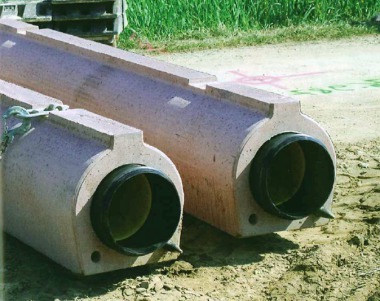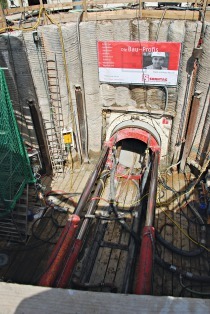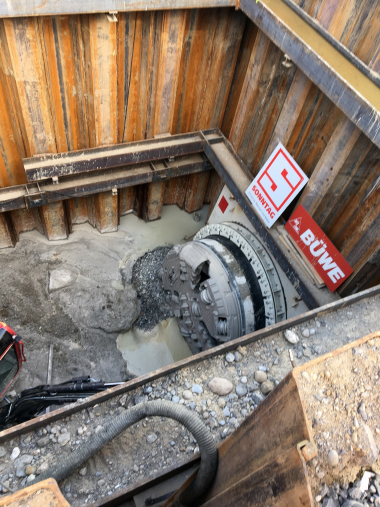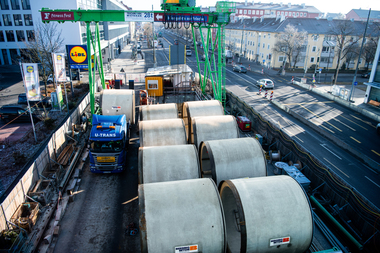Jacking pipes made of reinforced concrete
In an urban environment – and usually in lower lying areas – mechanical pipe driving in contrast to the open-trench method is a pipe-laying method for sewers that reduces the restrictions for the local residents and the traffic flow considerably. In principle, pipe jacking refers to the underground jacking of pipes, or a pipeline, from a starting shaft to a target shaft. In this process, the driving forces introduced into the respectively last pipe of a pipeline must be transferred through the entire pipeline in longitudinal direction up to the working face. While in the first pipe jacking...


